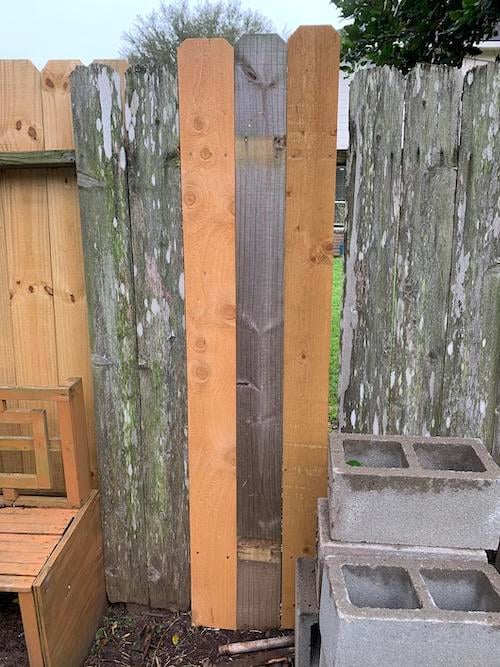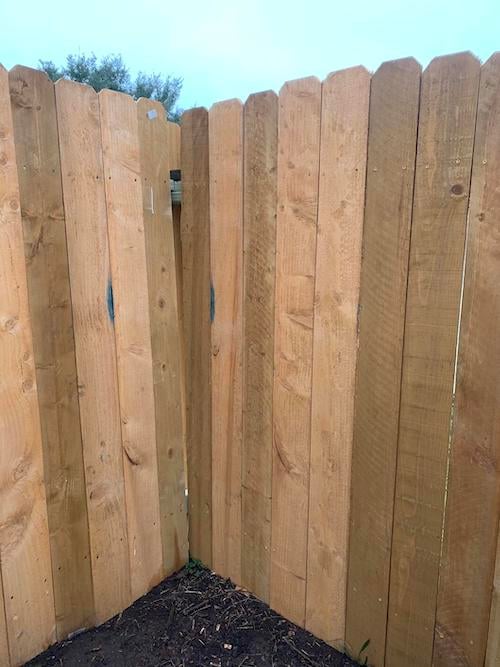DIY or DIE!
For those of you watching from home, I have been on a home improvement journey for quite some time. Applying an Agile mindset to home improvement (or really anything I do) is one of my passions. Even at my most recent Women in Agile meeting, we discussed applying Agile concepts to daily life and feeding these back into building a great resumé. One of the principles of the Agile Manifesto reads: At regular intervals, the team reflects on how to become more effective, then tunes and adjusts its behavior accordingly. We all know this applies to Agile development practices, but it also applies to IT Service Management. Specifically, Incident and Problem Management. For me, it applies to my recent home improvement adventure.
Strong fences make great neighbors
My neighbor and I spent the better part of a Saturday fixing our mutual fence. You see, I have two dogs: Leonard and Howard.
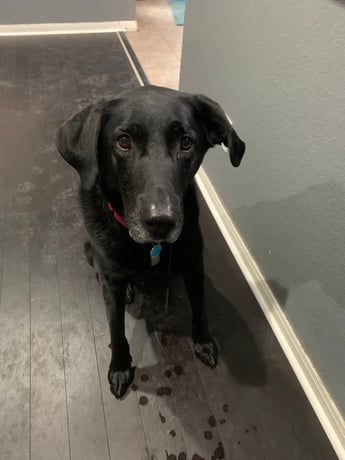
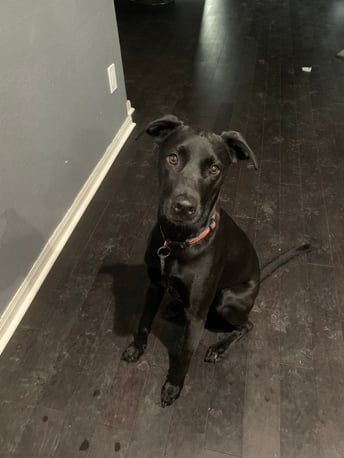
Both are rescues. Leonard is eight and was "free to a good home" while Howard is four and was adopted from my county's animal shelter. Both dogs have been with us since their puppyhood and, as any dog owner will say, they are the BEST. DOGS. EVER. Except when they're not. This was not the first time my neighbor and I had to work on the fence. Observe one of the troublemakers in his natural habitat.
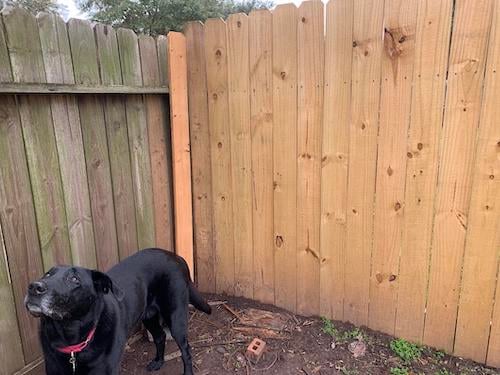
This epic saga started in May of last year. I would diligently fix loose boards, prop items against the fence to "patch" holes, and monitor their outdoor activity while I was awake (awake being the key word here: 3am barking and fence-patching sessions are no fun). I supplied my neighbor with fence planks because, well, they're my dogs. We fixed the section above and let the others lapse until a series of shenanigans prompted my neighbor and I to spend our Saturday replacing three additional sections. My neighbor and I became united in making sure my two didn't escape. While my neighbor "doesn't care" that my dogs are in his yard, my (very good) boys take the opportunity to break out of his fence and wander the neighborhood. Howard usually comes back, but Leonard meanders through the streets, swims in pools or the lake, and generally causes mayhem until I can coax him in my car to come home.
Not in my back yard...
Before this latest patch, I was determined to find the root cause. Previous to May of last year, this was not a problem. My puppers would frolic in the backyard and simply bark at other dogs in the neighborhood as they walked by. I made sure they were let out several times per day to make sure they were relieved in addition to daily walks. While I was traveling, they were also well-taken care of and monitored. What changed?
Root cause analysis is, simply put, problem solving. While it is widely used in sciences and engineering, it is also a key element of IT Service Management Incident and Problem Management. When reacting to an incident, the team must restore functionality as quickly as possible. Upon resolution, root cause analysis helps us understand why. It then prompts us to ask, "Is there an action I can take to prevent this from happening again?" Incident Management leads to Problem management and through root cause analysis, we can move from a reactive organization to a proactive organization.
Of the many techniques of root cause analysis, my favorite is the "Five Whys". It is the simplest technique: ask why until you've identified the root cause. Not like a petulant child, however. Asking the first why should be easy, then continuing to ask well-curated questions based on the previous answer helps you determine the root cause. I applied this to my situation:
- Why do I have to replace parts of the fence?
Because the dogs are chewing through the fence. - Why are the dogs chewing through the fence?
Because they can access the backyard whenever they need. - Why can the dogs access the backyard whenever they need?
Because we installed a dog door.
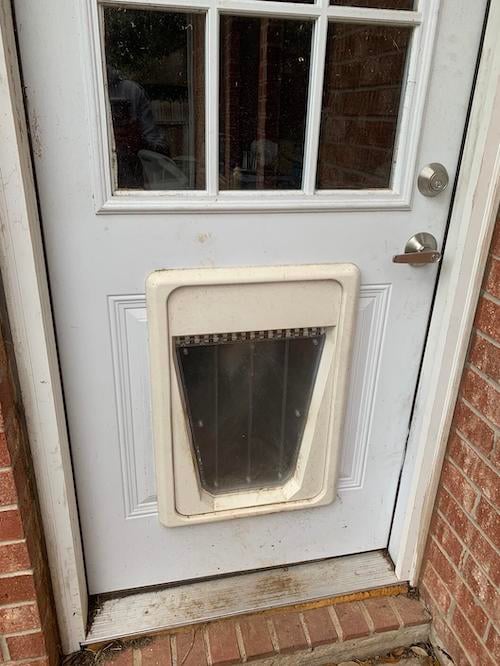
HA! I found it. The root cause. And it didn't even take me all five whys.
Any root cause analysis technique does not stand alone. There exists a plethora of other techniques. Pareto charts determine that 80 percent of your problems are derived from 20 percent of the causes. An Ishikawa (fishbone) diagram looks at measurement, materials, methods, machines, management, and mother nature. Scatter plots let us look at correlation and causation. Was the dog door the root cause? The existence of a dog door doesn't change the behavior of my boys. Having access to the backyard doesn't make them chew through the fence planks. Did we ask enough questions to actually identify the root cause? Did I also consider a Pareto analysis, an Ishikawa diagram, or a scatter graph to understand why I was constantly chasing my boys through the neighborhood?
I stopped at three whys: "I have a dog door."
What happens if I keep asking why?
- Why did we install a dog door?
Because Howard wasn't fully potty trained. - Why wasn't Howard fully potty trained?
Because I didn't take the necessary time to train him.
AHA! My Ishikawa diagram identified "management" as the issue. My Pareto identified the 80 percent as my time to train my puppers. My scatter plot showed the amount of time spent correlated to the amount of dog-induced shenanigans. I would add these to the post, but won't because...reasons. More importantly, I simply kept asking, "Why?" until I identified the root cause.
Actions speak louder than words
Now that I have a root cause, what is it that I can do to prevent this issue from recurring? When looking at Incident and Problem Management, Atlassian products such Opsgenie and Statuspage can ingest, aggregate, correlate, and trigger the creation of Jira Service Management issues. With Confluence, we can create specific root cause analysis templates to be shared with our customers and stakeholders. However, it's up to our techniques and processes to help us determine the actions we need to take going forward.
For me and my puppers, it's simple.
- Take at least 30 minutes out of my day for dedicated doggie exercise
- Reinforce good behavior while in the yard
- Lock the dog door overnight (no more 3AM "let me sing you the song of my people" moments)
- Finish replacing the aged planks on the fence
By taking these actions based on my root cause analysis, I should have this solved quickly with redundancies built in. My puppers will be safer and happier, I will have a beautiful new feature of my home, and the three of us will have less stress day-to-day. Using root cause analysis techniques, and Agile mindset, and drawing from IT Problem Management, I can easily solve this problem and any additional ones around my home.
BRB, gotta run and get some more fence planks.
